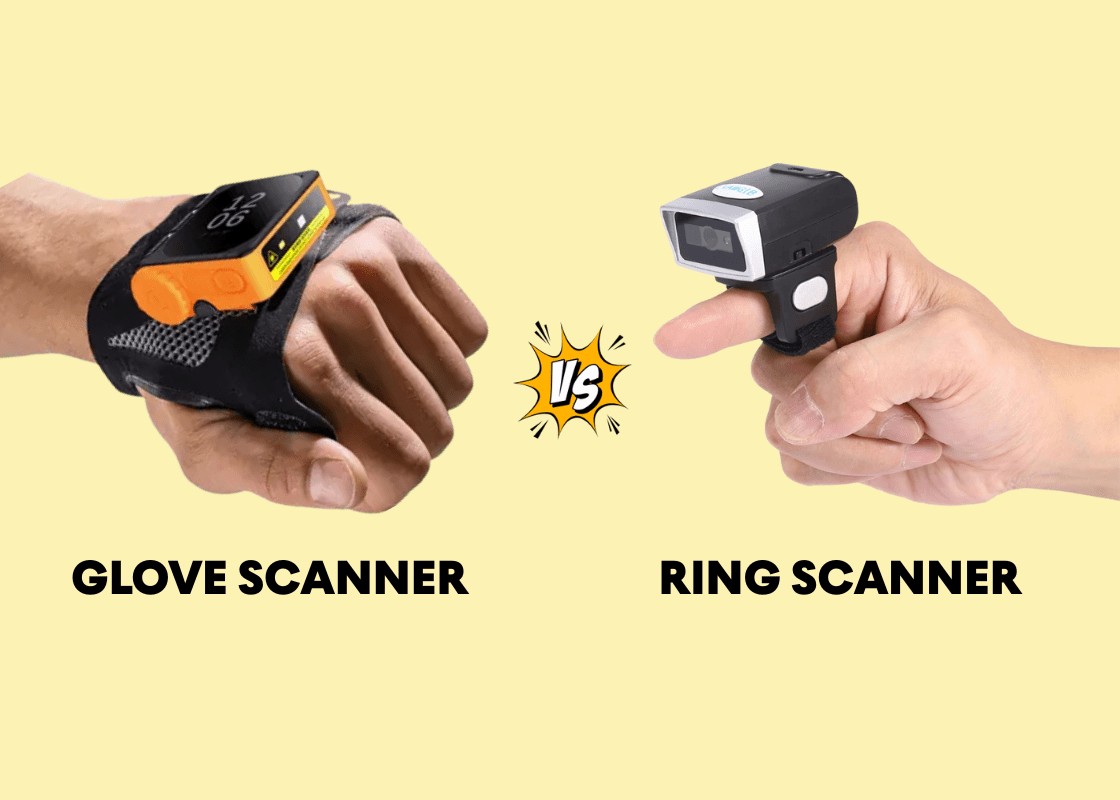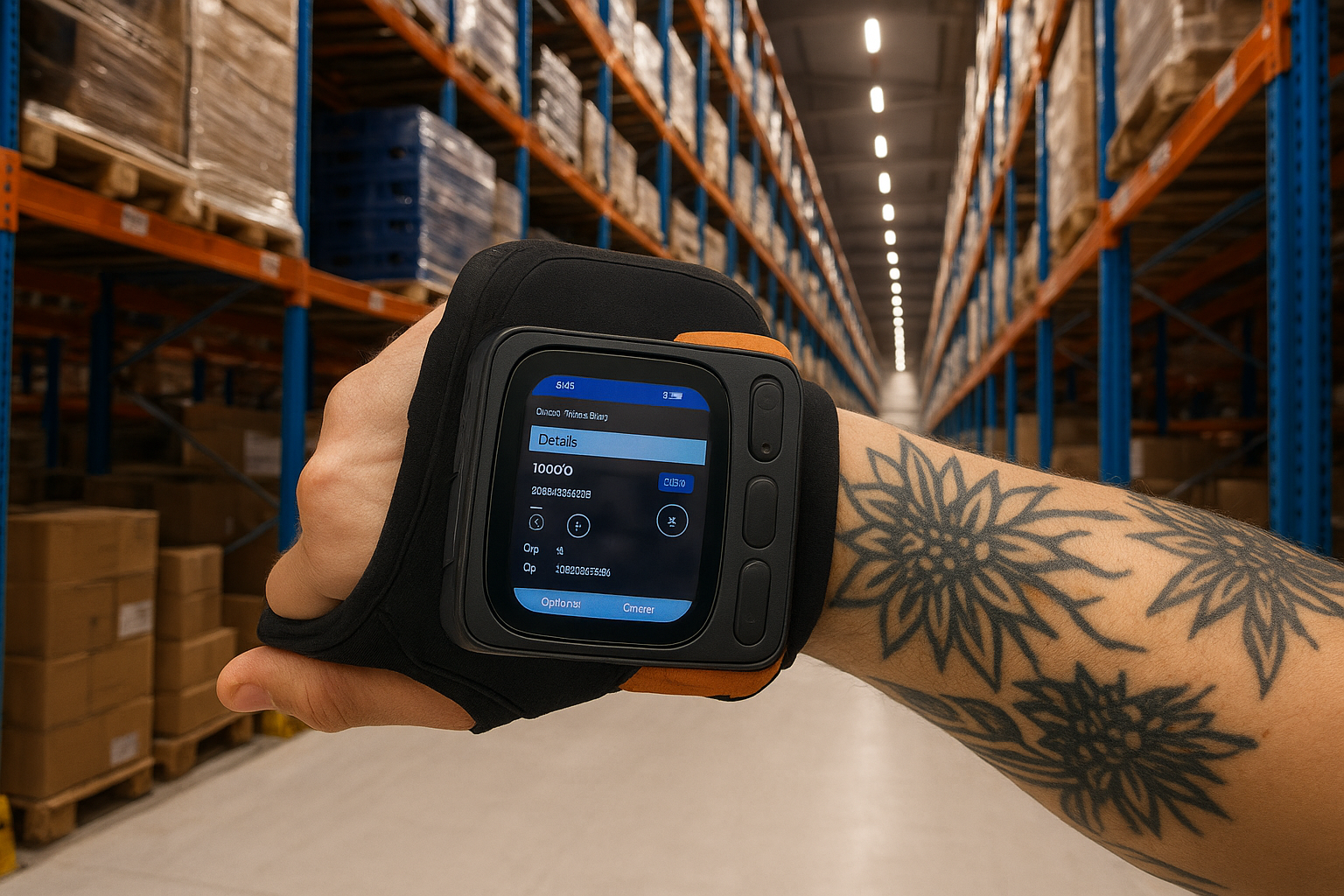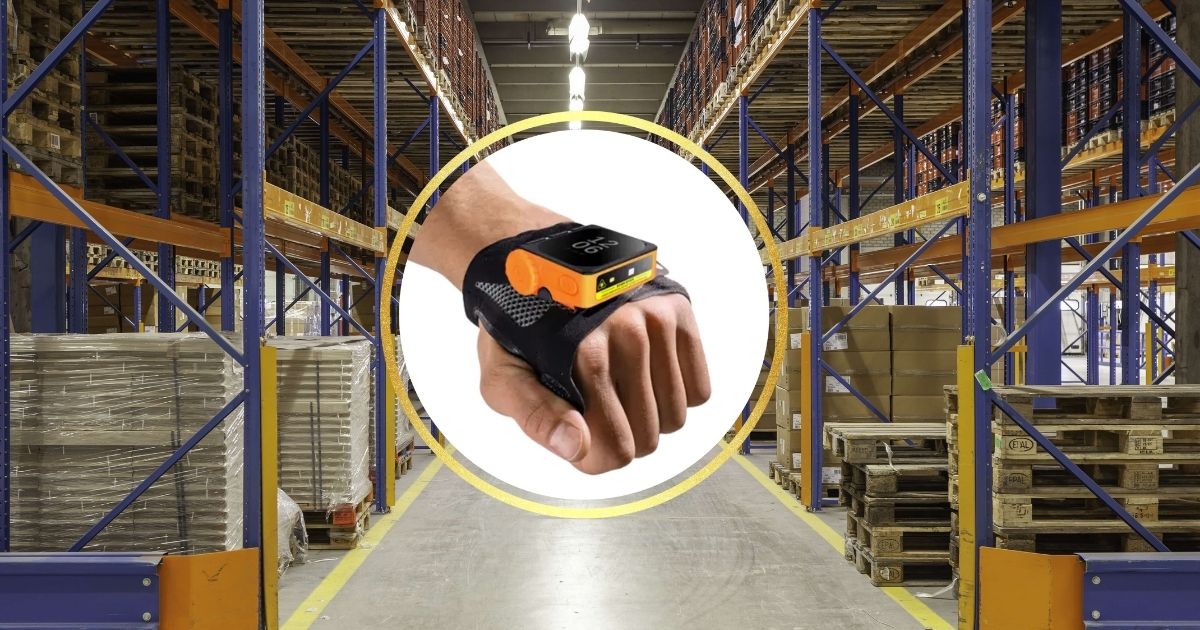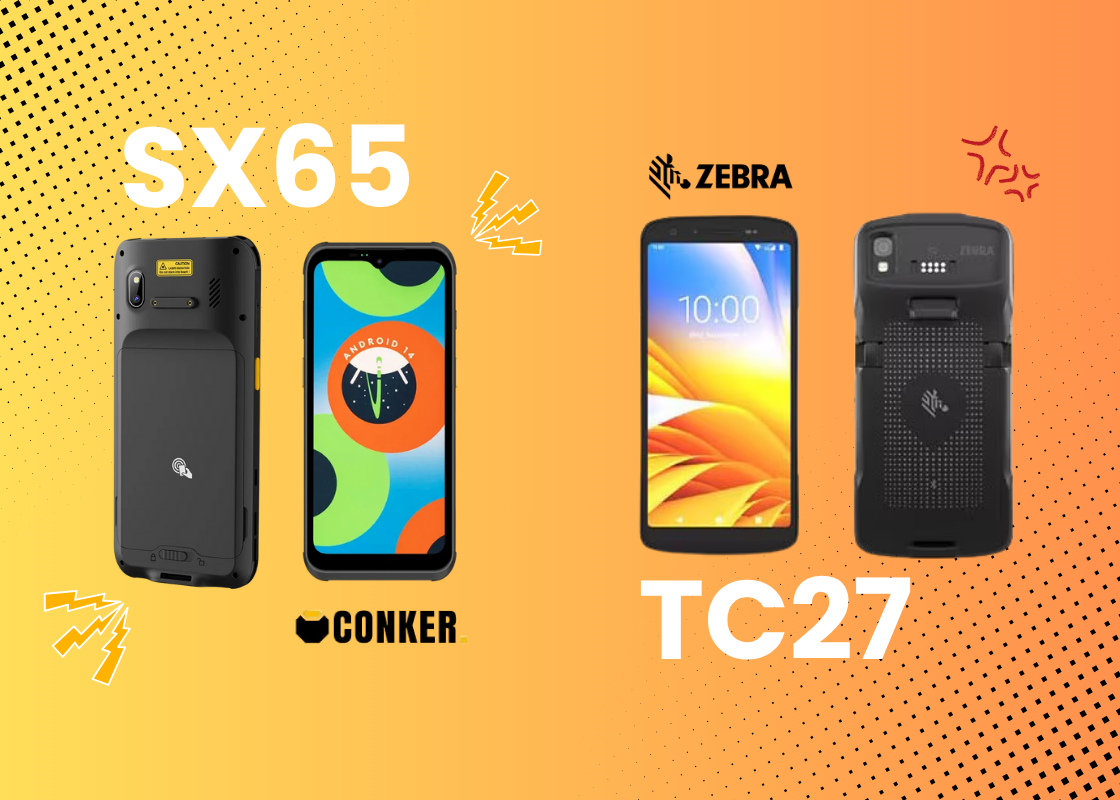Productivity hinges on reliable data capture in fast-paced industries like logistics, manufacturing, retail, and field services. Every scan matters, and when your device fails, operations slow, costs rise, and frustration builds. That’s why Android handheld scanners have become the go-to solution for modern businesses. They combine the flexibility of Android OS with rugged durability and advanced barcode scanning technology, giving teams the speed, accuracy, and reliability they need to perform without interruption.
Why Android Handheld Scanners Dominate Today’s Workspaces
The shift from traditional barcode readers to Android handheld scanners isn’t just about mobility but control, integration, and performance. Android’s open platform allows seamless connectivity with warehouse management systems, inventory software, and ERP tools, streamlining operations from end to end.
These devices are purpose-built for demanding environments, from factory floors to delivery routes. They scan faster, last longer, and survive the kind of abuse that would destroy consumer-grade phones. For teams working in real-world conditions, Android handhelds mean fewer replacements, less downtime, and higher output, all while staying connected and updated.
For businesses that operate in rugged environments, investing in Rugged Handhelds ensures that every scan, every shift, and every operation runs efficiently even under extreme conditions.
Top Features That Define the Best Android Handheld Scanners
The best Android handheld scanners share one mission: to make work faster and smarter. Their power lies in combining superior hardware with intelligent software, ensuring each scan is precise and instant.
1. Performance that Keeps Up with You
Modern Android handhelds are powered by high-speed processors, generous RAM, and optimized scanning engines capable of reading damaged or poorly printed barcodes. Whether you’re managing hundreds of SKUs or scanning outdoors under harsh light, the right device ensures accuracy in every environment.
2. Durability That Outlasts Shifts
Unlike consumer smartphones, these devices are built with reinforced frames, water and dust resistance (often IP67 or IP68 rated), and drop-tested exteriors. That means fewer repairs, fewer replacements, and less disruption, even after accidental drops or exposure to moisture.
3. All-Day Battery for Real-World Work
A top-tier scanner isn’t worth much if it can’t last the shift. Android handhelds are known for long-lasting batteries with hot-swap capabilities, keeping teams powered up through extended work hours without interruptions.
4. Ergonomics That Empower Efficiency
Handheld scanners are designed with comfort and usability in mind. From lightweight bodies to responsive touchscreens and tactile buttons, they minimize fatigue and maximize throughput, especially in fast-paced environments.
5. Smart Connectivity for Connected Teams
With Wi-Fi, Bluetooth, and LTE options, these scanners keep workers connected whether indoors or on the go. Instant data synchronization means real-time updates across systems, improving decision-making and productivity.
Best Android Handheld Scanners in 2025
With so many choices on the market, identifying the best Android handheld scanners depends on your workflow, environment, and scanning demands. Among the latest innovations, one device stands out for its balance of durability, power, and user-focused design: the Conker SX65.
The Conker SX65 is a rugged Android handheld built to perform under pressure. It’s equipped with a powerful scan engine that reads both 1D and 2D barcodes instantly, even on damaged or reflective surfaces. The device’s tough exterior protects it from drops and dust, while its advanced Android OS allows for smooth app integration. Its ergonomic form factor and lightweight design make it ideal for workers who handle hundreds of scans daily.
But what really sets the SX65 apart is its adaptability. Whether used in warehousing, logistics, or retail, it’s designed for nonstop reliability. Businesses looking for a versatile scanner that blends strength, speed, and intelligence often find it’s the ideal choice.
Choosing the Right Android Handheld for Your Industry
Warehousing: Speed and Accuracy Matter Most
In warehousing, speed and accuracy are everything. Devices with advanced scanning engines and extended Wi-Fi range are crucial for tracking stock movement in large spaces.
Logistics: Power and Real-Time Connectivity
In logistics, battery life and real-time data transfer matter most. A handheld that stays connected through LTE ensures no delivery goes untracked.
Retail: Lightweight and Fast for Every Transaction
Retailers value lightweight designs with quick scan response times for fast checkouts and smoother customer experiences.
Manufacturing: Built for Strength and Reliability
Manufacturing teams prioritize ruggedness and long-term reliability to handle tough industrial conditions and minimize downtime.
Across All Industries: Flexibility That Keeps You Moving
Across these industries, Android handhelds provide the right blend of flexibility and strength to keep operations moving without interruption.
The Role of Software Integration
What makes Android handheld scanners so valuable isn’t just the hardware; it’s how easily they integrate with existing systems. Android’s versatility means businesses can deploy custom apps, link to inventory databases, and even connect to IoT networks. To understand how advanced integration enhances performance and security across connected ecosystems, explore Integration in rugged devices.
For example, a logistics company can pair its handhelds with real-time tracking software to monitor shipments across routes. A warehouse can instantly update stock counts after every scan, ensuring accuracy and transparency across departments. With Android, these integrations are fast, secure, and adaptable to changing operational needs.
Future Trends in Android Handheld Scanning Technology
The future of handheld scanning is all about intelligence and automation. AI-driven scanning is becoming more prevalent, allowing devices to identify multiple barcodes at once or detect anomalies automatically. Machine learning algorithms will soon optimize scanning speed based on usage patterns, making every process more efficient over time.
In addition, the rise of edge computing will allow handheld scanners to process data locally, reducing latency and enabling real-time decision-making. Combined with advancements in connectivity like 5G, these devices will be faster, smarter, and more capable than ever before.
As sustainability becomes a global focus, expect to see devices designed for repairability and longer life cycles, reducing e-waste and promoting responsible business practices.
Why Businesses Are Switching to Android Handheld Scanners
Businesses that once relied on outdated scanning systems are upgrading to Android handhelds for one reason: dependability. They deliver performance that matches the pace of modern work. The ability to deploy software updates, manage devices remotely, and collect data in real time makes them an indispensable part of digital transformation strategies.
To see how top-performing devices compare across industries, explore Top Android Handhelds for detailed insights on the best rugged scanners available today.
With Android handheld scanners, companies don’t just scan, they connect, adapt, and grow. The investment pays off in reduced downtime, higher accuracy, and better team efficiency. When combined with a rugged build, it becomes a long-term asset that drives productivity year after year.
Frequently Asked Questions (FAQs)
1. What makes Android handheld scanners better than traditional barcode readers?
Android handheld scanners offer faster processing, wireless connectivity, and better software integration. They combine scanning and data management into one device, reducing errors and improving workflow efficiency.
2. Are Android handheld scanners suitable for outdoor or industrial use?
Yes. Many models are built with rugged designs that can withstand drops, dust, and moisture, making them ideal for warehouses, factories, and fieldwork.
3. Can Android handheld scanners connect to Wi-Fi and mobile networks?
Absolutely. Most modern Android handhelds come with Wi-Fi, Bluetooth, and 4G/5G options, ensuring constant connectivity and real-time data access.
4. How long do the batteries typically last?
Depending on the model, Android handheld scanners can last anywhere from 8 to 14 hours on a single charge, with many supporting hot-swappable batteries for nonstop use.
5. Can I install business apps on Android handheld scanners?
Yes. Because they run on Android OS, you can install and customize business applications, link to ERP systems, and even integrate with IoT devices.
Conclusion
The best Android handheld scanners aren’t just tools; they’re productivity partners. They empower teams to work faster, smarter, and with greater confidence. From rugged reliability to intelligent connectivity, these devices redefine what’s possible in industrial mobility.
As technology evolves, one truth remains clear: dependable performance drives success. Investing in the right Android handheld scanner today means your team stays efficient, connected, and prepared for whatever challenges tomorrow brings.


















